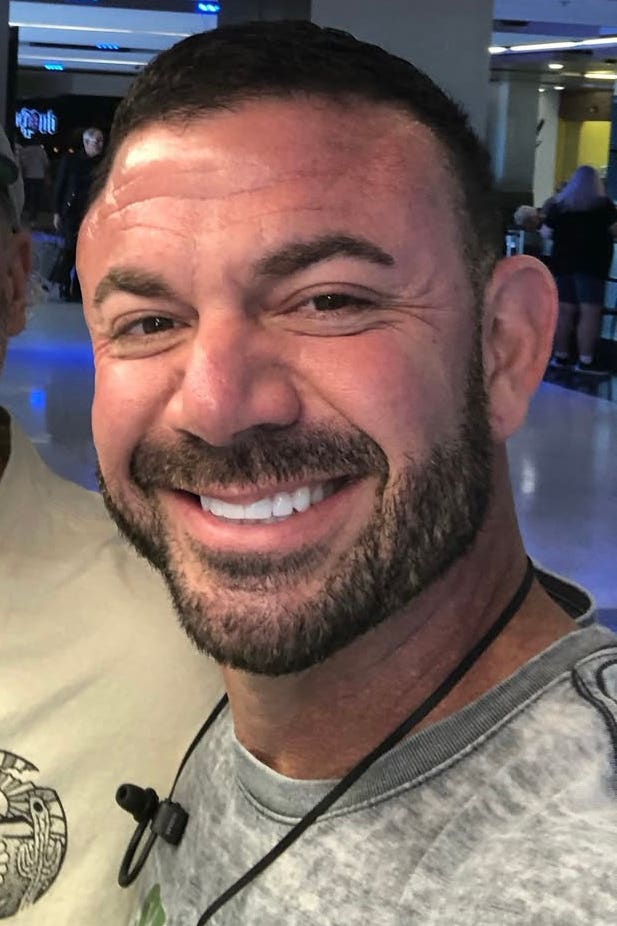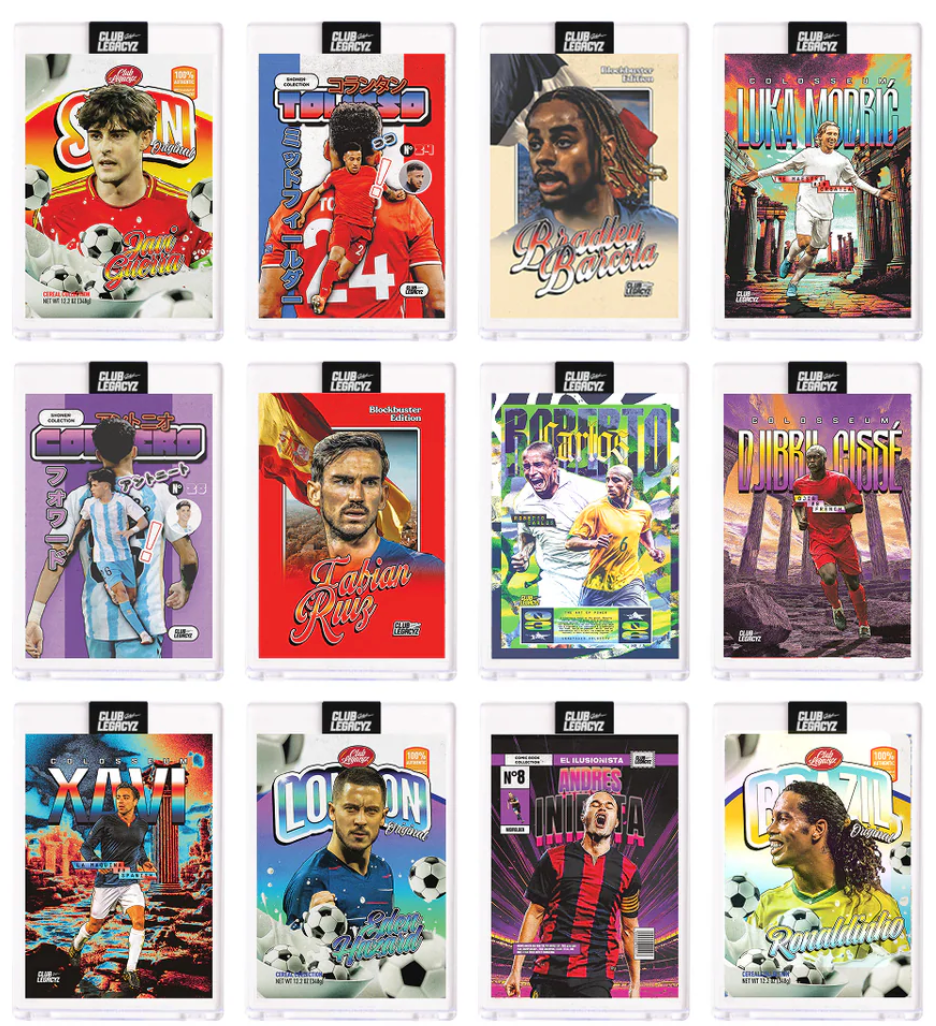Features
Collecting in Hawaii: Marathoners and More
By Ross Forman
HONOLULU – There’s a free, two-person autograph signing session here every December, held the Monday morning after the annual Honolulu Marathon, which was last run on Dec. 14, 2014.
Wilson Chebet and Joyce Chepkirui each signed autographs for an hour or so, seated casually under a tent in the shade at Kapiolani Park, with Diamond Head looming nearby and the world famous Waikiki Beach a short walk away.
Chebet and Chepkirui, both from Kenya, were the top male and female finishers of the 26.2-mile race, respectively, each claiming the $40,000 winner’s purse. Chebet covered the distance in 2 hours, 15 minutes and 35 seconds. Chepkirui needed about 15 more minutes.
They signed free, color, glossy 4-by-6 photos, which were taken at the finish line a day earlier. They also signed the finisher’s certificates presented to many other runners, as well as the commemorative 64-page booklet that was given away to all finishers of the race – a collectible, albeit mainly a personal relic to most, that featured color photos from the event and the finishing times of all 21,811 who crossed the finish line in 2014.
Nozomu Fukushima was the final finisher, needing 14 hours, 21 minutes and 16 seconds to cover the course. Fukushima was two seconds behind Minoru Kosuda.
Chebet and Chepkirui also posed for countless photos and looked as comfortable with a black Sharpie in their hand as they did 24 hours earlier.
The Honolulu Marathon is one of the world’s largest marathons, an annual event that is praised for its scenic views and popular for first-time marathoners, many of whom are visitors from Japan, as the event does not have a qualifying time to enter, nor a maximum time to finish.
The Honolulu Marathon is, however, a challenging course, with uphill portions around Diamond Head, plus the probability of temperatures in the upper 80s. Three-time Honolulu Marathon winner Ibrahim Hussein of Kenya won the Boston Marathon three times. And 1993 winner Bong-Ju Lee won the silver medal in the 1996 Olympic Marathon in Atlanta.
But is there a collector’s market for marathon runners?
Ugh, probably not.
According to online research, Miroslav Krisko of Slovakia is the most successful male marathon runner, with 197 wins, dating back to 1985. His next closest challenger to the title is American Chuck Engle, who has won 183 marathons since 2000. Ritva Vallivaara-Pasto of Finland is the top female marathon runner, with 231 wins since 2006.
None has ever appeared on a trading card, nor ever will, probably.
Marathon running is a sport that has produced plenty of legends; however, the sports memorabilia is limited. Some of the most notable names in marathon running are:
– Patrick Makau of Kenya, the world marathon record holder (2:03:38).
– Dick Beardsley of the U.S., noted for his battle with Alberto Salazar at the 1982 Boston Marathon.
– Hal Higdon of the U.S., best known as a running writer for Runner’s World magazine.
– Spyridon Louis of Greece who, in 1896, was the first Olympic gold medalist for the marathon.
– Bill Rodgers, an acclaimed American runner.
– Alberto Salazar, from the U.S., who won the New York Marathon three consecutive years.
– Frank Shorter, the only American to win multiple medals in the Olympic marathon.
– Samuel Wanjiru of Kenya, the current Olympic record-holder.
– Joan Benoit of the U.S., the first female gold medalist in the women’s marathon.
– Kathrine Switzer of the U.S., the first woman to run the prestigious Boston Marathon as a numbered entry.
Few would run to a marathon runner for his or her autograph, despite their incredible feet, er, feats.
But the hobby is, yes, an overall happening place in Hawaii, our 50th state, located a five-plus hour flight from California. This is, of course, the home of the University of Hawaii, where June Jones and Jerry Glanville have coached the school’s football team – and no doubt each signed hundreds, if not thousands, of autographs.
Hawaii has been the home to many sporting icons, all with direct ties – through cards, memorabilia and autographs – to the collecting world. Just consider some of the names with a direct Hawaii connection:
– Baseball players Benny Agbayani, Ron Darling, Sid Fernandez, Lenn Sakata, Kurt Suzuki, Shane Victorino, and Jerome Williams, among others.
– Football players Tyson Alualu, Jordan Dizon, Nuu Faaola, Russ Francis, Glen Kozlowski, Olin Kreutz, Al Noga, Troy Polamalu, Manti Te’o, Esera Tuaolo, Mosi Tatupu, Mark Tuinei and others.
Marcus Mariota, who was born in Honolulu, was named the 2014 Heisman Trophy winner after his star-studded senior season at the University of Oregon. Mariota attended St. Louis High School in Honolulu, and received the second-highest percentage of possible points (90.92) in Heisman history, behind only Ohio State quarterback Troy Smith, who had 91.63 in 2006. USC tailback Reggie Bush received 91.77 percent of possible points in 2005, but his victory was later vacated for violating NCAA rules. Mariota is the first Hawaii native to win the Heisman.
– Plus, the Hawaii list also includes Akebono Taro (born Chad Rowan), a sumo wrestler; Ricky “The Dragon” Steamboat, a pro wrestling sensation; Alexander Cartwright, one of the fathers of American baseball; Cedric Ceballos, a basketball player; Brian Ching, an accomplished soccer player; Bryan Clay, Olympic athlete; Neil Everett, ESPN sportscaster; Herman Frazier, a 1976 Olympic gold medalist; Bethany Hamilton, a shark attack survivor and accomplished surfer; and Duke Kahanamoku, Olympic swimmer and surfing legend.
– Other noteworthy Hawaiian sporting legends include Natasha Kai (soccer); Harry Kalas (sportscaster); Peter Maivia (pro wrestler); Al Michaels, who began his sports broadcasting career in Hawaii in 1968; Don Muraco of WWF/WWE fame; Rick Pitino (basketball coach); and golf prodigy Michelle Wie, among others.
Paula’s Sports Cards
“The cool thing about the Honolulu (sports collectibles) market is, because we don’t have a professional team here, there are collectors here of so, so many teams. Our collector base is broader than other markets for that reason,” said Paula Nakata, who was born and raised in Honolulu and has been a sports collectibles store owner – of Paula’s Sports Cards, Etc. – for 25 years, the last 21 years at its current, second-floor location at Makiki Shopping Village (1231 Wilder Ave.), about three miles from Waikiki Beach.
Many of the West Coast teams have strong fan support among collectors in Hawaii, particularly the Los Angeles Lakers, Oakland Raiders, Seattle Seahawks and San Francisco 49ers, she said. Nakata said Mike Trout is the hottest baseball player on the Hawaiian collectibles market, by far, since Ichiro. She also praised the collectibles market of Anthony Davis, Jose Abreu, Kobe Bryant, Peyton Manning and Andrew Luck, among others.
Paula’s Sports Cards is a 1,100 square-foot store, of which only 200 square-feet is used for storage. Nakata, 51, works the collectibles front daily, often with assistance from her husband, Keith Suemori.
But she clearly is the island of Oahu’s Card Queen – an unopened pack, box and case specialist who doesn’t personally open packs, and never has.
“If there’s something good to be pulled (from a pack), it will be pulled by a customer,” she said, explaining her philosophy.
Nakata said that, at the start of 2015, the hot new sellers in Hawaii include Panini Prizm Basketball, Topps Chrome Football and Bowman Draft Football. She also praised the sales of 2012-2013 releases, mostly due to Anthony Davis and Kyrie Irving. Plus, gaming remains popular in Honolulu, such as, Magic: The Gathering and Pokémon.
“Our collector base is pretty ravenous; this small island can really sell large quantities of cards,” she said.
Nakata said her store has a large contingent of golf collectors, mostly due to Rory McIlroy.
So what’s ice-cold in the heat of Hawaii?
“There’s always a price that something will sell at,” she said, admitting that she’s forced to lower price tags when items are slow moving. “I try not to order the stuff that is dead, dead, dead. I’ve been doing this long enough to try to avoid the stuff that I know I cannot sell.”
Nakata’s customer base is, of course, locally driven, though she also has a strong, regular contingent of visitors to Waikiki who learn of her overflowing collectibles store. She also attracts a large number of international customers, often from Australia. Most customers at Paula’s are male, often in their 30s and 40s.
“There are a lot less kids collecting for the past six years. Mostly it’s adult shoppers,” Nakata said. “Recently, though (as in, for the last few months of 2014), there was a nice influx of kids seemingly getting back into collecting.”
Paula’s is one of about seven pure sports collectibles stores in Honolulu – and hers has the largest inventory.
Honolulu also has a large group of autograph hounds, those seeking signatures from vacationers in paradise, Nakata said. However, there are very, very few autograph signing sessions.
And sports collectible shows in Hawaii are very rare.
Nakata, years ago, was a night manager at ABC Stores in Waikiki and was selling cards at shows on the weekends. Her goal was to become an ABC store manager. But after a moped accident, needing cash, she took her childhood cards to a store to sell, “and they were worth a whole lot more than I paid for them.”
That’s when she realized, “There’s money to be made here (with cards).”
And Paula’s Sports Cards, Etc. was born. Today, the cool collectibles store is open daily, except Sundays – and always on Christmas and New Year’s Day, she states proudly.
Ross Forman is a frequent contributor to SCD. He can be reached at Rossco814@aol.com.








